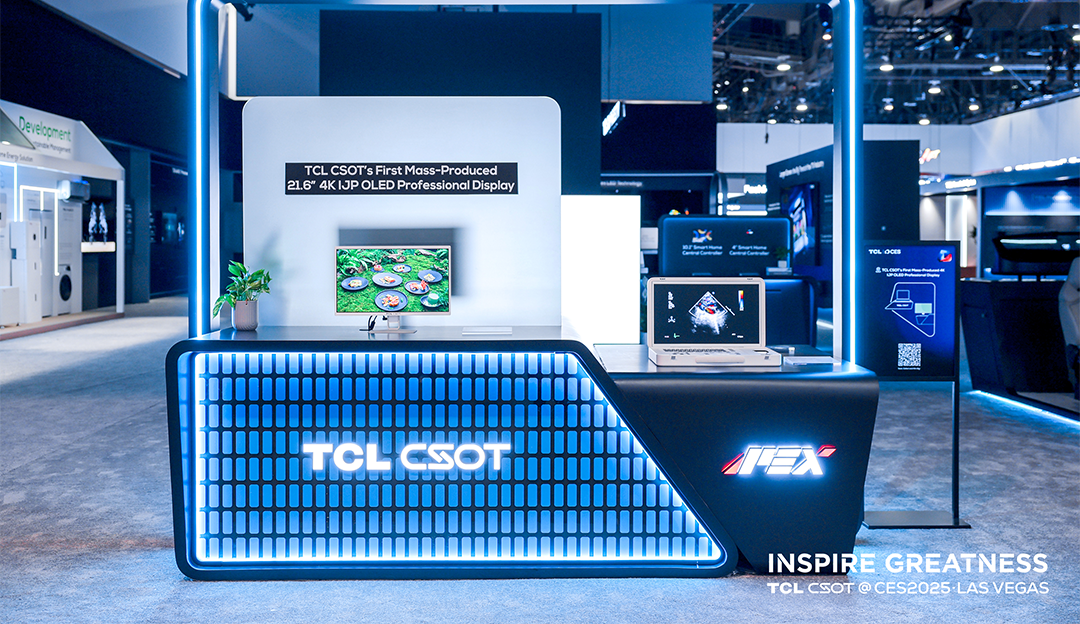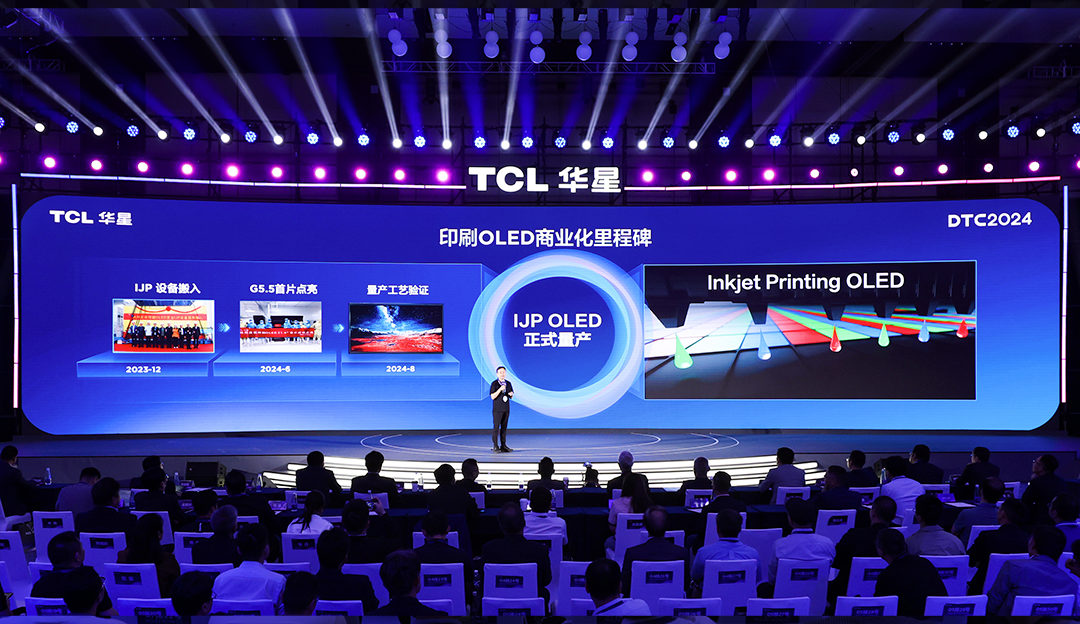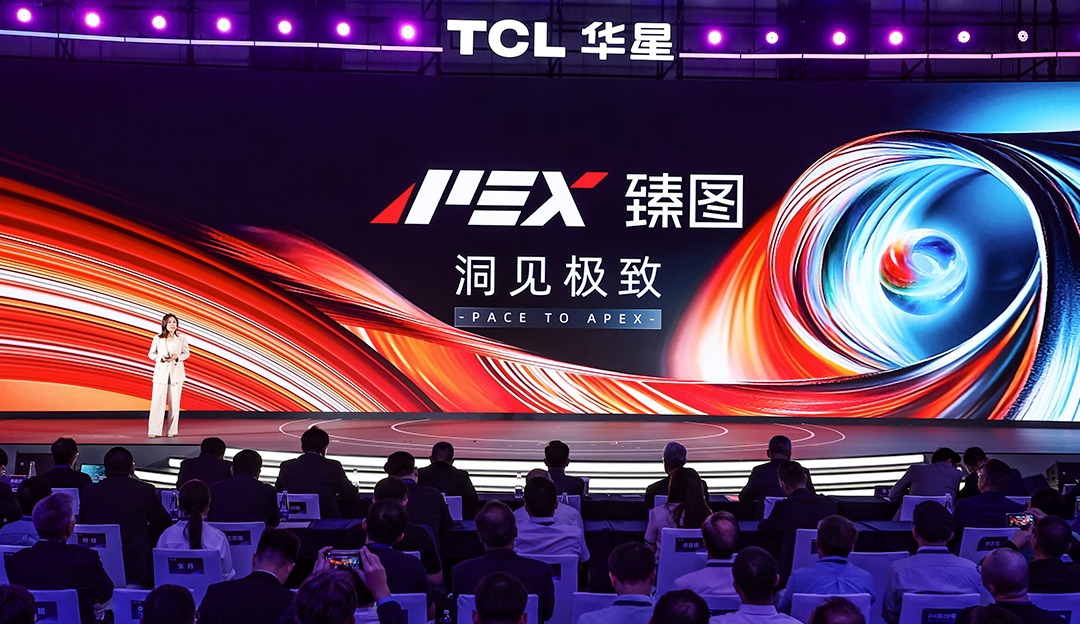TCL CSOT pioneered CSPI transmission technology, and the national standard P2P protocol realized mass production
With the upgrading of consumer demand for display applications and the expansion of application scenarios, higher resolution and higher refresh rate have become the trend of display development. High-resolution and high-refresh display puts forward higher requirements for data transmission rate. Traditional Mini LVDS transmission technology cannot achieve high-speed data transmission. Therefore, all panel manufacturers are actively deploying P2P transmission technologies that support high-speed transmission.
TCL CSOT pioneered the high-speed point-to-point transmission technology CSOT Point to Point Interface (CSPI). Compared with the traditional P2P transmission technology, it achieves higher transmission frequency and transmission rate. At the same time, it turns CSPI into the national standard China Standard Point to Point Interface, providing a better solution for the transmission of high-resolution and high-refresh display data.
Break the traditional architecture, increase the speed and simplify the system
CSPI protocol technology is TCL CSOT's independently innovated high-speed transmission technology inside the screen, providing solutions for high-speed signal transmission from TCON to Source Driver in the drive architecture inside the screen. Take the 8K product as an example. If the traditional Mini LVDS technology is used for wiring, 169Pairs are needed, which is not feasible for productization. However, the number of CSPI wiring can be reduced to 48Pairs, which is 70% less.
In addition, the traditional P2P transmission technology will suffer from inter-symbol distortion during high-speed transmission. The AEQ adaptive equalizer design independently developed by TCL CSOT can solve this problem and ensure excellent display quality under high-speed transmission.

Different from the traditional Multi-Drop architecture, the traditional P2P transmission technology uses the internal clock recovery circuit to recover the clock signal according to the received differential signal (including clock signal and data signal), and obtains the corresponding data signal according to the clock signal sampling, which has the characteristics of fast transmission rate.
Compared with the traditional P2P transmission technology, the CSPI technology of TCL CSOT uses 8B/9B CODEC and clock embedded technology to further improve the transmission frequency and efficiency. The transmission frequency is 7.5 times higher than the traditional Mini LVDS technology, and the transmission efficiency is 11% higher than the traditional P2P transmission technology.
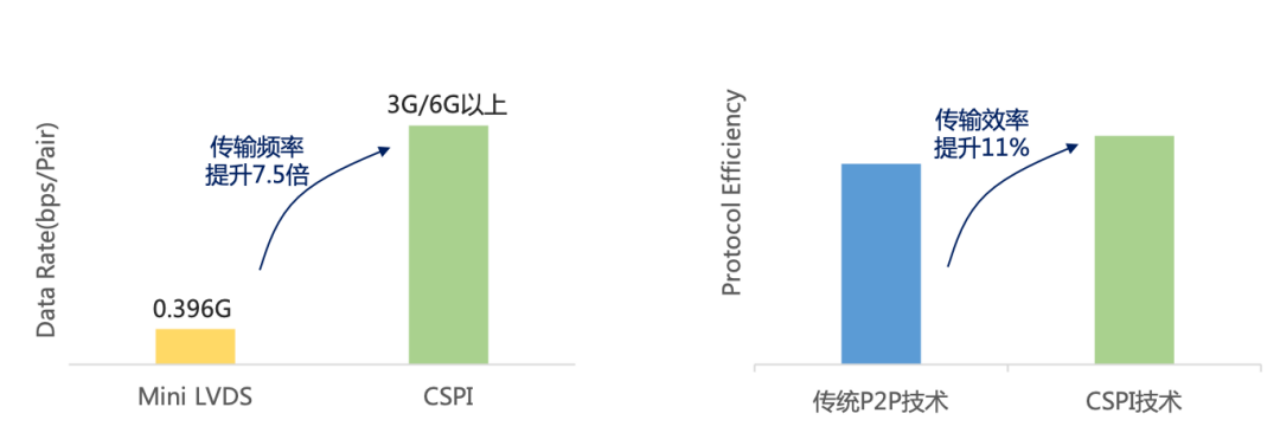
Technology integration products lead the development of display industry
TCL CSOT is the first panel manufacturer to independently develop P2P transmission technology in China. By 2022, more than 500 million SD ICs equipped with CSPI technology have been shipped. In terms of patents, TCL CSOT's CSPI technology has its own CODEC and other related patents, and has applied to be the national point-to-point signal interface transmission protocol standard for LCD, which can be used by domestic manufacturers for free.
The CSPI protocol technology of TCL CSOT is constantly changing. At present, it has covered the full range of TV/MNT/NB product applications. The excellent SD solution will comprehensively improve the image quality experience. TCL CSOT has achieved mass production by integrating CSPI transmission technology into UD and 8K products; among them, 32" UD 240Hz, 75" 8K 265Hz have been equipped with CSPI protocol technology to achieve product technology debut, fully demonstrating TCL CSOT's strong strength in leading the development and progress of the industry through technological innovation.
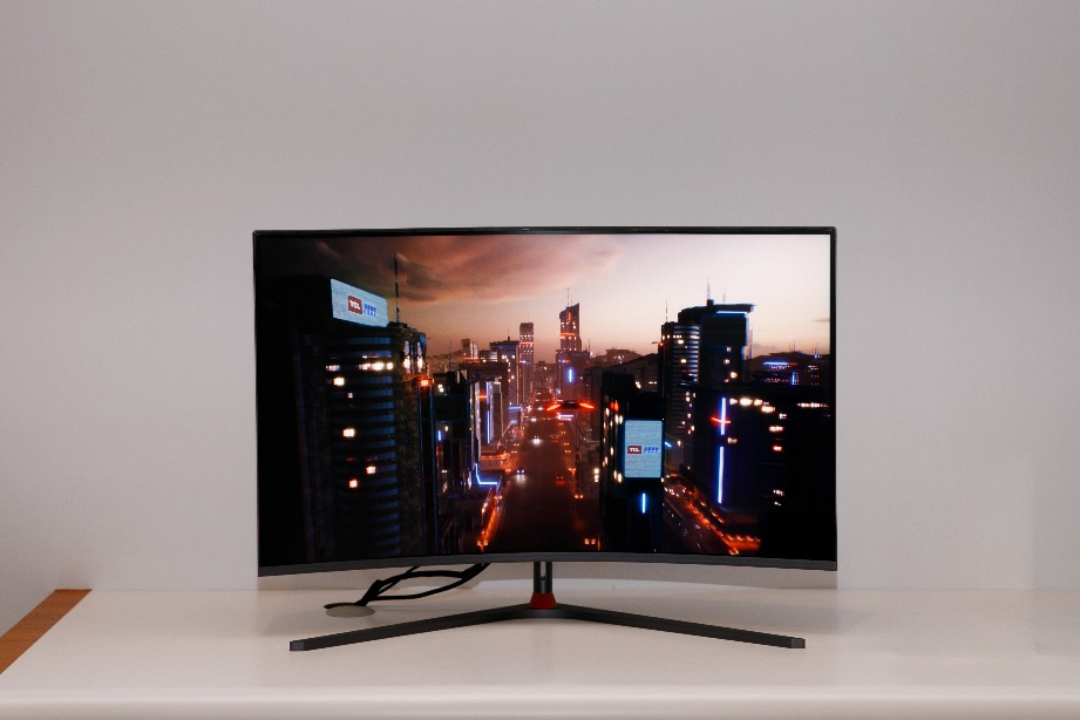
32" UD 240Hz gaming display
Keep the leading edge, continue to innovate and plan for the future
In the future, the ultra-high definition industry has a broad prospect and the high-refresh-rate market has huge potential. TCL CSOT firmly believes that innovation will never end, adheres to the ability to create full-size, full-category panel products, and constantly introduces new ones. It will continue to adhere to an open attitude, develop more leadership strategies, and promote the progress of the entire industry.
